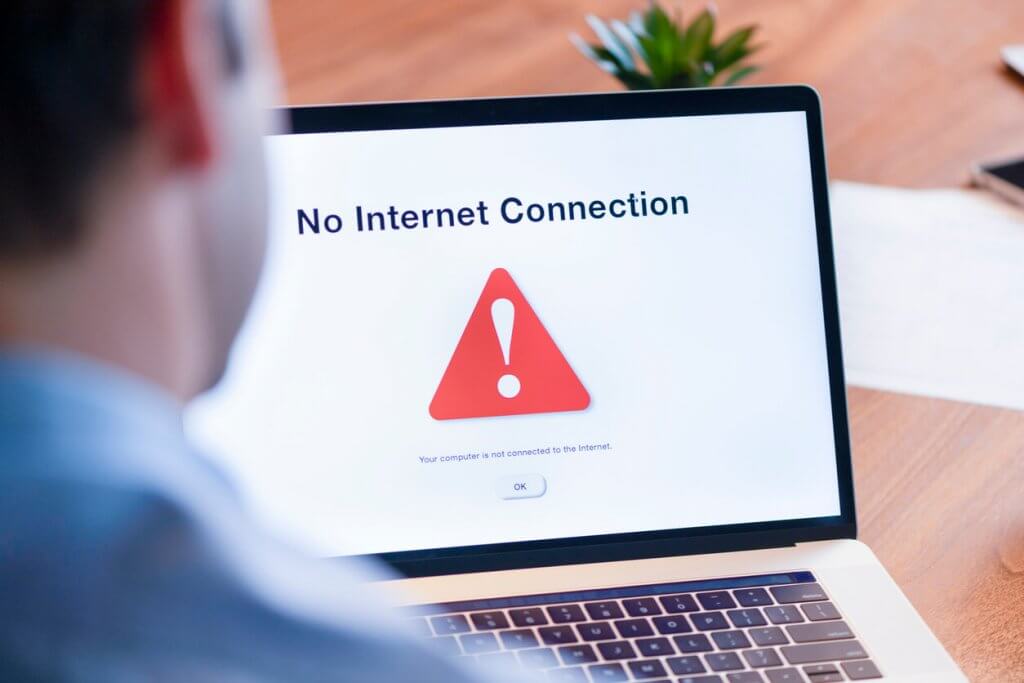The “Digital Divide” is a concept that has been plaguing the United States for quite some time. Put simply, it’s the divide between those who have broadband internet and those who don’t. And the COVID-19 pandemic has shed a giant spotlight on the issue, identifying just how underserved parts of urban and rural America really are.
What’s causing the divide?
The cause of the divide falls into two main categories: the internet is not available or it is not affordable. Lack of availability plagues individuals living in rural areas. This is because the cost for ISPs to build out to remote areas exceeds their potential revenue due to fewer subscribers. Imagine having to go to your local library and sit in the parking lot in order to access the internet. This is a reality for some folks.
Head to the cities, and the internet is available, but not everybody can afford it. Take New York for example, in March CNET reported more than a third of Bronx residents don’t have broadband. And according to the office of New York City Mayor DeBlasio, nearly half of New Yorkers living in poverty don’t have home broadband. Internet has become essential, like water and electric, yet there are people living without it.

How COVID-19 Has Highlighted the Problems
The COVID-19 crisis has shown many just how big of a problem the “Digital Divide” really is. While many in dead zones have been complaining about not being able to get reliable internet for years, governments are now faced with the reality of the problem and how it impacts vital components of life, specifically:
- Education
- Work
- Health
In Lockhart, Texas, a rural town just outside of Austin,the schools closed and the school district moved to virtual classrooms like most of the country. After an assessment to ensure that students would be able to log into their classes, a big problem was discovered. Nearly half the students had no high-speed internet inside of their homes. Internet and cell service wasn’t even available to a third of the students and staff because of being in a “dead” zone. Fortunately, the administration had already been working on a plan to resolve this issue, which is now being fast-tracked, but what happens to these children in the meantime?
As the COVID crisis ensued, businesses closed, employees were furloughed. Individuals without internet in the home typically rely on libraries or local agencies for computer labs. In Philadelphia, a city where 27% of households do not have internet, all 54 branches of the Free Library system closed. This left countless unemployed individuals without a vital resource for job searching.
In order to minimize in-person visits and the spread of disease, telehealth became a valuable resource. But for some, the option is limited. For patients without internet service at home, a phone call as opposed to a video chat is the only option. And for those without internet or a landline telephone, who rely solely on a mobile phone in a poor service area, telehealth is not even an option.
How to Close in on the Digital Divide
Some local internet service providers are stepping up within rural communities to install booster towers. This is the case in Lockhart, TX, mentioned above. The towers will beam internet into the homes, free to the families and at a modest cost to the school district.
Jessica Rosenworcel, a leader with the FCC, has been pushing to digitize Rural American since 2012. She says that the problem isn’t new – the pandemic is simply exposing the problem to the rest of the country. As such, it’s turning the crisis into areas of opportunity where companies are looking to take a bigger part into getting broadband into the places that need it the most.
Rosenworcel wants to see a “bigger master plan” as she says since there isn’t a lot of funding coming in. There are certain areas getting a push because there are companies willing to help within their communities.
Fixed Wireless and How it Helps
Fixed wireless works by providing wireless internet over radio waves. It eliminates the need for lines to be run into a home or business. This ensures that it can be deployed faster and without the need for a significant amount of construction or cost. The only thing that Is needed is a radio and an antenna at the home or business with a direct line of sight to the provider’s tower.
At s2s, we’re able to locate fixed wireless providers servicing small rural communities.
When you’re searching for broadband near you reach out to s2s, or check out our website at s2s.com. We’re here to work on closing the digital divide across America.
